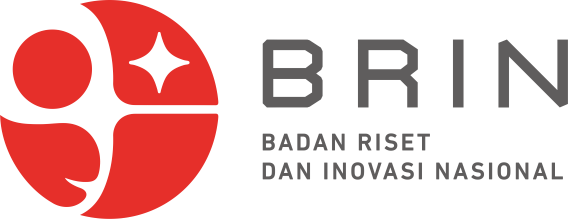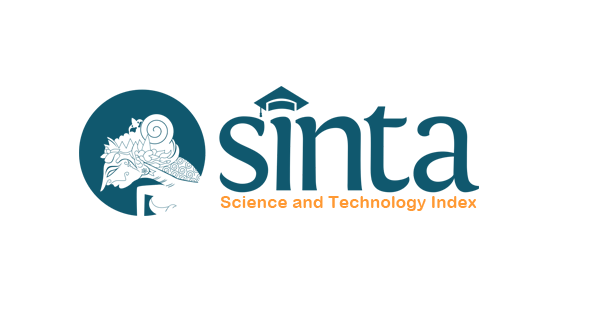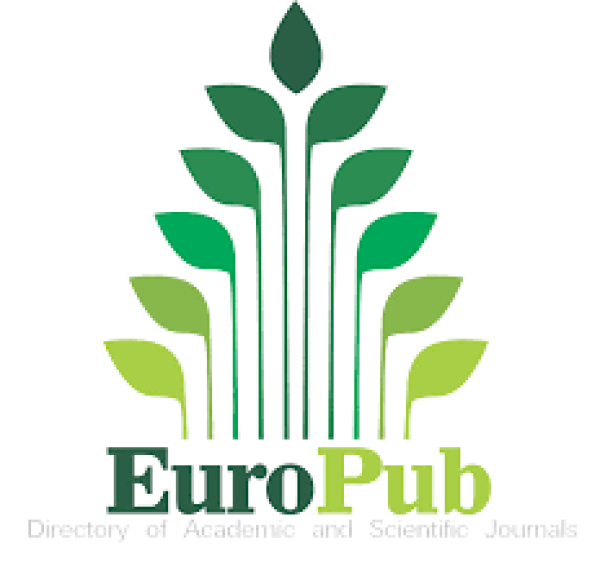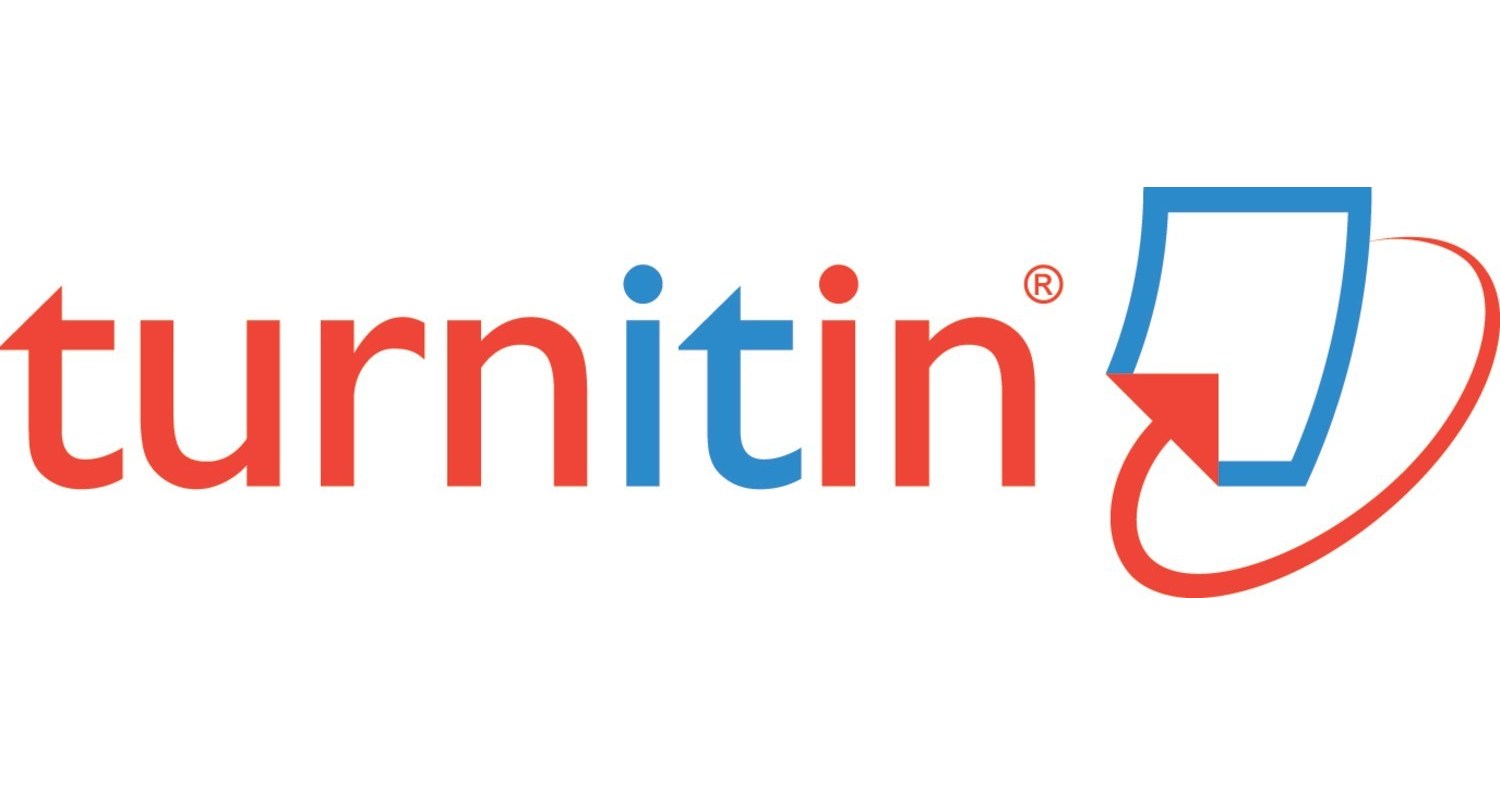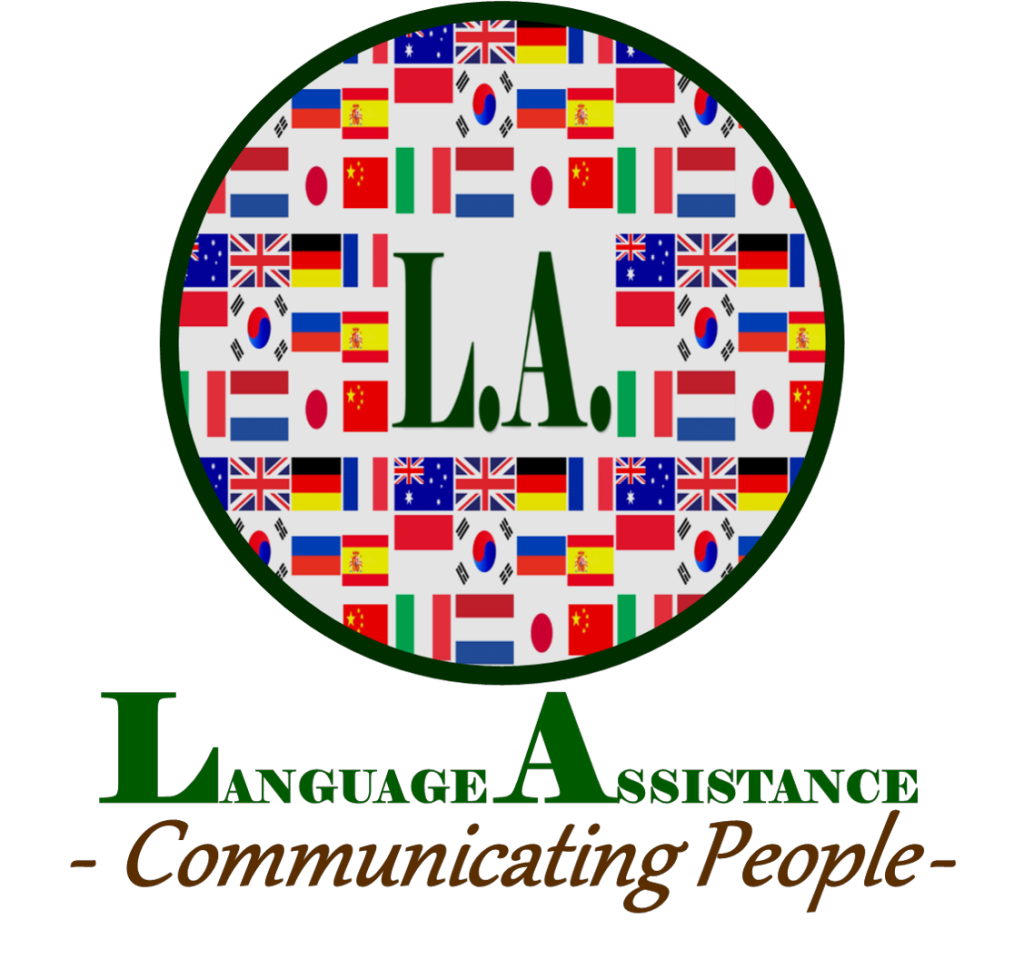Impact of Educational Infrastructure on Educational Outcomes A Mediation Analysis of Teaching-Learning Environment in Online Tourism Education in India
DOI:
https://doi.org/10.5281/zenodo.15678825Keywords:
Online tourism education, tourism programs, teaching-learning environment, educational outcomes, mediation analysisAbstract
Downloads
References
Adukaite, A., Daukantaite, D., & Juceviciene, P. (2017). The impact of digital technology on educational attainment: Evidence from international longitudinal data. Education Sciences, 7(3), 67. https://doi.org/10.3390/educsci7030067.
Al Lily, A. E., Ismail, A. F., Abunasser, F. M., Alqahtani, R. H., & Alghamdi, R. (2018). Mapping the landscape of e-learning: Investigating perceptions of learners in Saudi Arabia. Interactive Learning Environments, 26(7), 955–967. https://doi.org/10.1080/10494820.2017.1415281.
Alqurashi, E. (2019). Predicting student satisfaction and perceived learning within online learning environments. Distance Education, 40(1), 133-148.
Altbach, P. G., & Knight, J. (2007). The internationalization of higher education: Motivations and realities. Journal of Studies in International Education, 11(3–4), 290–305.
Anderson, T. (2004). Towards a Theory of Online Learning (http://docplayer.net/45893762-Toward-a-theory-of-online-learning-introduction.html).
Braun, C., & Hollick, M. (2006). Design principles for hybrid learning: A synthesis based on a holistic approach. Educational Technology Research and Development, 55(5), 547–564. https://doi.org/10.1007/s11423-006-9008-0.
Browne, M. W., & Cudeck, R. (1992). Alternative ways of assessing model fit. Sociological Methods & Research, 21(2), 230-258.
Buhalis, D., & Law, R. (2008). Progress in information technology and tourism management: 20 years on and 10 years after the internet—The state of eTourism research. Tourism Management, 29(4), 609-623.
Bui H.P. & Kumar R. (2023). Asynchronous and Synchronous Learning and Teaching. In Multidisciplinary Applications of Computer-Mediated Communication. IGI Global. DOI: 10.4018/978-1-6684-7034-3.
Chao, C., Chen, Y., & Li, Q. (2019). What predicts student satisfaction in online learning? A longitudinal study. Journal of Educational Technology & Society, 22(1), 191–204.
Chen, S. Y., & Jones, K. T. (2007). Blended learning vs. traditional classroom settings: Assessing effectiveness and student perceptions in an MBA accounting course. The Journal of Educators Online, 4(1), 1-12.
Chick, N. L., Hassel, B. C., & Haycock, K. (2012). Effective strategies for teaching online: Pedagogical findings supporting online courses. New Directions for Teaching and Learning, 2012(130), 47-55. DOI: 10.1002/tl.20038.
ÇINAR K (2020). Determinants of innovation in tourism enterprises: A quantitative approach. International Journal of Hospitality Management, 86, 102378.
Creswell, J. W., & Plano Clark, V. L. (2017). Designing and conducting mixed methods research (3rd ed.). Sage Publications.
Dalgarno, B., & Lee, M. J. W. (2010). What are the learning affordances of 3-D virtual environments? British Journal of Educational Technology, 41(1), 10–32.
Dart, B. C. (2009). Research methods: A guide to conducting research in education, business, and the social sciences. Waveland Press.
Davis, F. D. (1989). Perceived usefulness, perceived ease of use, and user acceptance of information technology. MIS Quarterly, 13(3), 319–340.
Deci, E. L., & Ryan, R. M. (2000). The “what” and “why” of goal pursuits: Human needs and the self-determination of behavior. Psychological Inquiry, 11(4), 227–268.
Doolin, B., Dillon, S., Thompson, F., & Corner, J. L. (2005). Perceived risk, the internet shopping experience and online purchasing behaviour: A New Zealand perspective. Journal of Global Information Management, 13(2), 66-88.
Eccles, J. S., & Wigfield, A. (2002). Motivational beliefs, values, and goals. Annual Review of Psychology, 53, 109-132.
Fabrigar, L. R., Wegener, D. T., MacCallum, R. C., & Strahan, E. J. (1999). Evaluating the use of exploratory factor analysis in psychological research. Psychological Methods, 4(3), 272–299. https://doi.org/10.1037/1082-989X.4.3.272.
Fesenmaier, D. R., Xiang, Z., Pan, B., & Law, R. (2014). An analysis of major research topics in tourism. Tourism Management, 44, 235-248.
Garrison, D. R., Anderson, T., & Archer, W. (2000). Critical inquiry in a text-based environment: Computer conferencing in higher education. The Internet and Higher Education, 2(2–3), 87–105.
Haven, T., & Botterill, D. (2003). Developing tourism education in the United States: A survey of colleges and universities. Journal of Travel Research, 41(3), 274-282.
Hair, J., Black, W., Babin, B., and Anderson, R. (2010). Multivariate data analysis (7th Ed.): Prentice-Hall, Inc. Upper Saddle River, NJ, USA.
Han, I., Shin, W. S., Kim, J., & Kim, W. (2019). The effects of cognitive and social presence on satisfaction and learning in an online cultural diversity course. Journal of Hospitality, Leisure, Sport & Tourism Education, 25, 100214.
Houston, J. B., & Floyd, K. (2005). Communication in online courses: A comparative study of three online interaction techniques. International Journal of E-Learning & Distance Education, 20(1), 21–35.
India Internet Report. (2023). Retrieved from [https://indbiz.gov.in/india-had-over-700-mn-active-internet-users-by-dec-22-report/] on 20.02.2024.
Jaggars, S. S., & Xu, D. (2016). How do online course design features influence student performance? Computers & Education, 95, 270–284. https://doi.org/10.1016/j.compedu.2016.01.015.
Jamal, T., & Robinson, M. (2009). The value of experience in the tourism industry. Tourism Management, 30(6), 890–900.
Kang, M. S., & Im, J. S. (2013). Critical success factors of online education in South Korea. The International Review of Research in Open and Distributed Learning, 14(3), 134–157.
Kirkwood, A. (2009). E-learning: You don’t always get what you hope for. Technology, Pedagogy and Education, 18(2), 107–121. https://doi.org/10.1080/14759390902992670.
Li, C., Wang, X., & Huang, C. (2021). The impact of computer-assisted assessment in higher education: A meta-analysis of the technology acceptance model. International Journal of Educational Technology in Higher Education, 18(1), 1–23. https://doi.org/10.1186/s41239-021-00274-4.
Martin, F., & Bolliger, D. U. (2018). Engagement matters: Student perceptions on the importance of engagement strategies in the online learning environment. Online Learning, 22(1), 205-222. DOI: 10.24059/olj.v22i1.1224.
Means, B., Toyama, Y., Murphy, R., & Baki, M. (2013). The effectiveness of online and blended learning: A meta-analysis of the empirical literature.
Mishra, L., & Yadav, S. (2016). Challenges and opportunities in the digital age: Implications for teacher education and technology-mediated teacher learning. Journal of Educational Technology Systems, 45(4), 379–396. https://doi.org/10.1177/0047239516658398.
Mishra, L., & Yadav, S. (2020). Digital transformation of higher education: Introducing a set of core competencies and pedagogical strategies. TechTrends, 64(1), 14–25. https://doi.org/10.1007/s11528-019-00440-2.
Muir, C., Gilbert, J. D., O’Hara, R., Day, L. M., & Newstead, S. (2017). Physical bushfire preparation over time in victoria, australia. Disaster Prevention and Management: An International Journal, 26(2), 241-251. https://doi.org/10.1108/dpm-06-2016-0126.
Nunnally, J. C., & Bernstein, I. H. (1994). Psychometric theory (3rd ed.). McGraw-Hill.
OECD. (2015). Students, computers, and learning: Making the connection. OECD Publishing. https://doi.org/10.1787/9789264239555-en
Palvia, P., Aeron, P., Gupta, P., Mahapatra, D., Parida, R., & Rosner, R. (2018). Online education: Worldwide status, challenges, trends, and implications. The International Journal of Management Education, 16(3), 436–451. https://doi.org/10.1016/j.ijme.2018.08.001
Papanikolaou, K. A., Zervas, P., Sampson, D. G., & Anastopoulou, S. (2018). Immersive and interactive video in education: The state-of-the-art. Educational Technology & Society, 21(1), 183–213.
Picciano, A. G. (2017). Theories and frameworks for online education: Seeking an integrated model. Online Learning, 21(3), 166-190. https://doi.org/10.24059/olj.v21i3.1172.
Prideaux, B., Moscardo, G., & Laws, E. (2003). Managing Tourism and Hospitality Services: Theory and International Applications. CABI Publishing.
Rainer, R. K., & Cegielski, C. G. (2011). Introduction to information systems: Enabling and transforming business. John Wiley & Sons.
Selwyn, N. (2011). Education and technology: Key issues and debates. Bloomsbury Academic.
Sigala, M. (2001). Revisiting the development of e-learning and tourism education. Journal of Hospitality, Leisure, Sport & Tourism Education, 1(2), 4–17.
Smith, E. J., & Fassinger, R. E. (2011). The impact of structural and psychological empowerment on job strain in educational settings. Journal of Vocational Behavior, 79(1), 67-77.
Steiger, J. H. (1990). Structural model evaluation and modification: An interval estimation approach. Multivariate Behavioural Research, 25(2), 173-180.
Sun, P. C., Tsai, R. J., Finger, G., Chen, Y. Y., & Yeh, D. (2008). What drives a successful e-Learning? An empirical investigation of the critical factors influencing learner satisfaction. Computers & Education, 50(4), 1183-1202.
Tabachnick, B. G., & Fidell, L. S. (2013). "Using Multivariate Statistics." Pearson.
Tang, Y., & Hew, K. F. (2017). Using Twitter for education: Beneficial or simply a waste of time? Computers & Education, 106, 97–118.
Tsiotsou, R. H., & Vasioti, E. (2016). Consumer ethnocentrism and cultural identity: Insights from a European cross-national study. Journal of International Consumer Marketing, 28(1), 18–39.
Ullman, J. B. (2001). Structural Equation Modelling. In B. G. Tabachnick & L. S. Fidell (2001). Using Multivariate Statistics (4th ed& pp 653- 771). Needham Heights, MA: Allyn & Bacon.
Wiers-Jenssen, J., & Stensaker, B. (2002). New public management in higher education: From contest to complementarity. Higher Education Quarterly, 56(4), 365-385.
Warschauer, M. (2002). Reconceptualizing the digital divide. First Monday, 7(7).
Williams, P., & Hall, C. M. (2000). Tourism and Migration: New Relationships between Production and Consumption. Springer.
Xiang, Z. (2017). From e-tourism to f-tourism: The role of technology in shaping the future of tourism. Journal of Destination Marketing & Management, 6(4), 332-335. https://doi.org/10.1016/j.jdmm.2016.12.002
Xiao, L., Qiu, R. T., & Cheng, T. C. (2018). Understanding online travel reviews: Joint effects of review valence and reviewer’s photo. Journal of Travel Research, 57(8), 1073–1089. https://doi.org/10.1177/0047287517745629.
Yang, H., Wang, M., Ju, Y., Wen, X., Wu, M., & Han, Q. (2020). Research on influencing factors of continuous learning willingness for online courses from the perspective of interaction. 2020 International Conference on Information Science and Education (ICISE-IE). https://doi.org/10.1109/icise51755.2020.00082.
Downloads
Published
Issue
Section
License
Copyright (c) 2025 Dinesh Kumar Jayswal, Jitendra Mohan Mishra (Author)

This work is licensed under a Creative Commons Attribution 4.0 International License.






